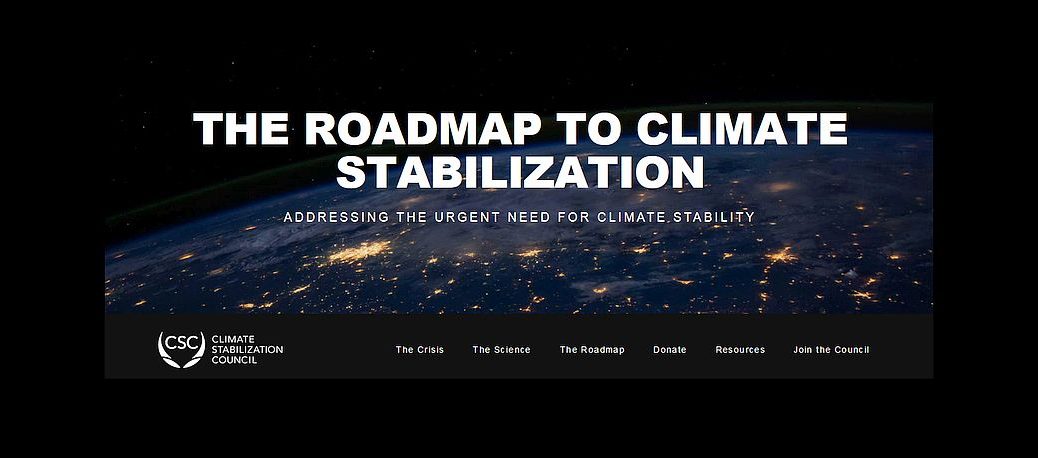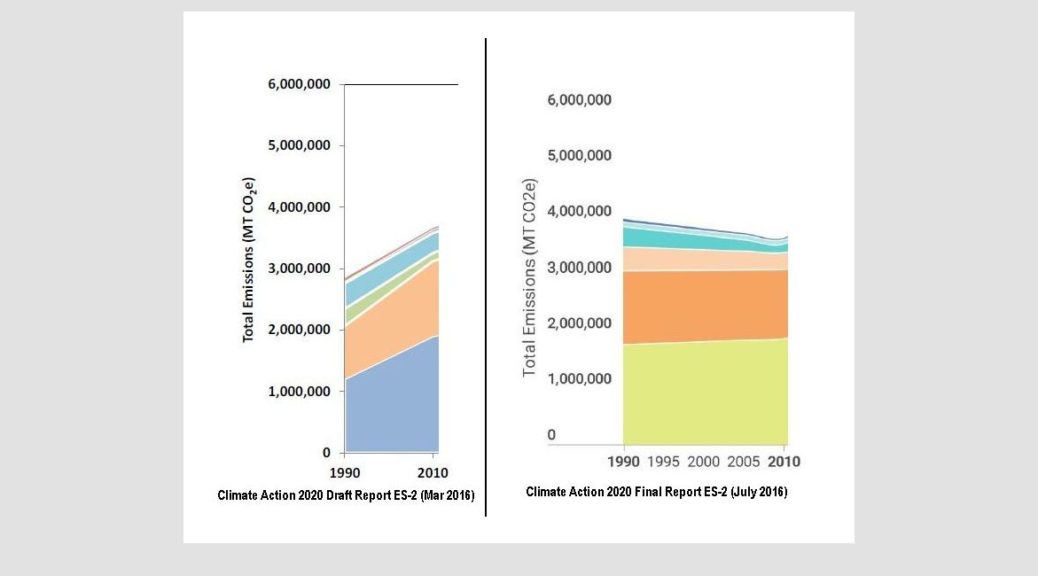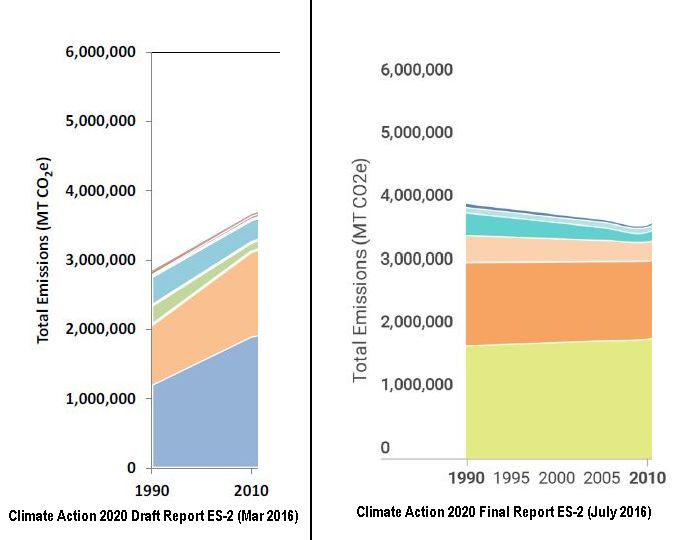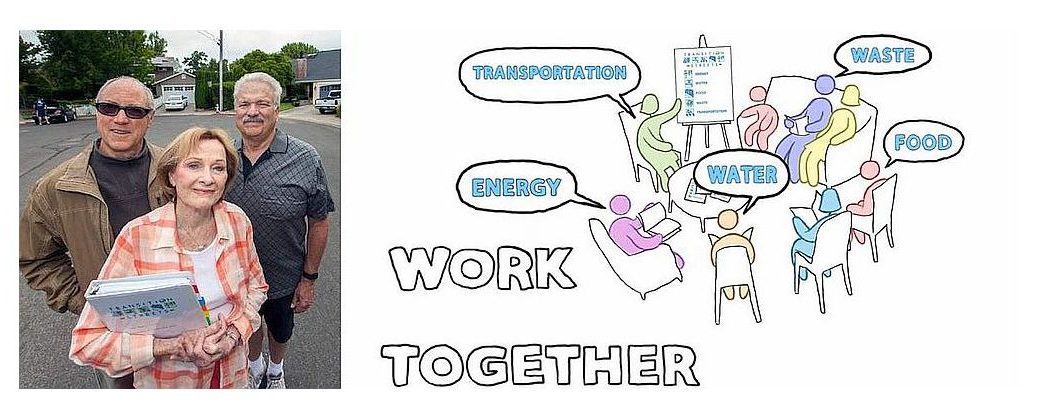On Monday, August 15th, the Sonoma City Council voted unanimously to table an agenda item to approve the county’s long awaited Climate Action 2020 Plan (CAP). The vote was based on the advice of the City Attorney. He cited too much uncertainty surrounding the plan, now that it has been challenged in Sonoma County Superior Court.
The lawsuit, filed on August 9th by controversial Sebastopol-based non-profit, California River Watch, alleges that the CAP “fails to accurately assess the greenhouse gas (GHG) emissions associated with land use activities within county boundaries and which the county and its communities, cities within Sonoma County, can influence and control. The CAP also fails to identify sufficient enforceable mitigation measures…” (emphasis added).
Until the case is resolved, it is likely that elected officials in Healdsburg (on Sept. 6) and other cities throughout the county will also postpone formal adoption of the CAP.
Opinions differ as to whom to blame for this disappointing delay, and whether this legal dispute might have been avoided. However, no one on either side disputes that we need to take bold action NOW to fight climate change.
The CAP already has a menu of climate action measures itemized for each jurisdiction. It shows exactly where we must first focus our efforts. Our initial list was chosen by Sonoma city staff. Then in July at the behest of the Community Service and Environment Commission, Councilmember Hundley, Mayor Gallian, and staff, an additional eight measures were added. While this increased the City’s commitments by 51%, we still lag far behind every single other jurisdiction in the county.
We know we need to implement at least these 21 Sonoma-specific measures (CAP p. 5-130) as soon as possible. Once started, we can strengthen Sonoma’s GHG emission reduction efforts to the level necessary to meet this challenge.
Climate change won’t wait for lawsuits to be resolved, nor can we.
On August 26, the Sonoma Index Tribune agreed with us: “if the council is truly serious about taking a leadership role in mitigating the effects of global climate change… it should re-agendize the eight Sonoma-specific measures it was set to consider”.
To fail at this puts our common future in grave danger. Continue reading City Council Tables Climate Action Report →






